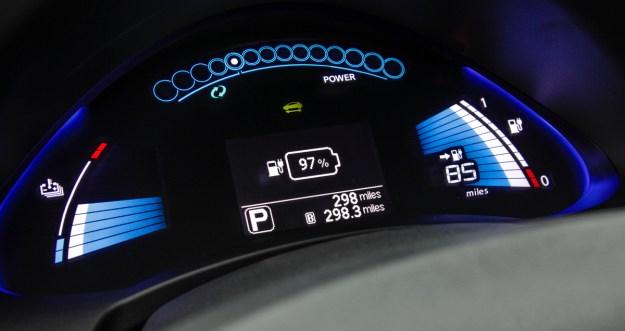
Yes, it is as weird as it sounds.
One Bourns College of Engineering assistant professor, David Kisailus, has discovered the teeth of the gumboot chiton sea snail could be a model for nanocrystals that could be used in lithium-ion batteries and solar cells.
The gumboot chiton has been nicknamed the “wandering meatloaf” for its size and burnt orange coloration. The big but tasty-sounding snail, found off the Pacific coast from California to Alaska, subsists on algae harvested from rocks. It uses 70 to 80 rows of teeth to first grind away rock, then to consume the hidden algae.
What is so useful about algae-eating snail teeth? It’s the fact that the wandering meatloaf is able to synthesize magnetite for its outer tooth layer. Magnetite is not only magnetic; it’s also the “hardest biomineral known on Earth,” according to a Wards Auto report.
Astonishingly, the magnetite is created “at room temperature and under environmentally benign conditions,” Kisailus said in a statement.
If correctly utilized, the wandering meatloaf process of producing nanocrystals could yield more powerful solar cells and faster charging lithium-ion batteries, all at lower production costs.
While this sort of discovery is a bit beyond our day-to-day expertise, we love the concept. We’ve been hoping for a breakthrough that could help take EV batteries and solar power generation to the next level. We just hadn’t expected it to come from a wandering meatloaf sea snail.
- Read more specific details or get the full report in PDF (caution: Paywall)


